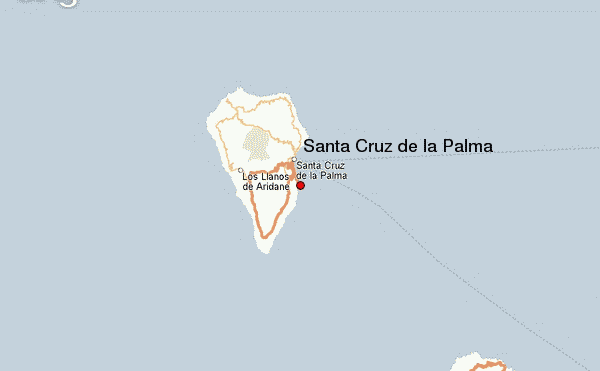

Visit museums such as the Columbus-focused Casa de Colón, peer into old churches, cut loose on a night out, or sit under the shade and soak up the atmosphere of streets like Calle Cano. Weather is slightly less reliable in the north, with cloud cover known as la panza de burro (“the belly of the donkey”) a regular visitor, though the capital of Las Palmas has a stunning 3km golden-sandy beach (Las Canteras) and an old town and centre that feel like you’re in continental Spain. Playa de Mogán and the densely stacked resorts of Puerto Rico are stalwarts of Irish holiday brochures. The south is Gran Canaria’s sun-sure bet, with Playa del Inglés, Maspalomas and high-end Meloneras joined by a 6km stretch of golden sand. As the sprawling modern hotels, villas and shopping malls surrounding those early retro-chic resorts suggest, nothing has arrested its development - even a pandemic. What’s not to like? Gran Canaria has been a sun-holiday hit since the 1960s, when an architectural competition sparked the metamorphosis of Maspalomas. Take me there: A “miniature continent” with one of the best climates in the world. But this is also a surprisingly diverse island and home to the largest city on the Canaries - Las Palmas. Gran Canariaīest for: Sun-seekers have flocked to its southern resorts for decades, and there’s a long tradition of LGBTQ+ tourism, too. Which will you visit next? - Pól Ó Conghaile 1.

Throw in local seafood, cheese, small wineries (and papas arrugadas, the salty, wrinkled potatoes with red or green mojo sauce) and you have the makings of a terrific trip. Venture beyond the resorts and you’ll find almost lunar scenes, but also lush forests, colourful birds and fish, and some of the clearest skies on the planet. Volcanic landscapes are “like an open science book”, one guide on La Palma told me. There’s more to the islands than mass tourism, of course. Temperatures range from 16-28 degrees, avoiding the scorching heat of Spain, and the sea hovers around 18-20 degrees, meaning no need for Dryrobes or wetsuits (unless you’re diving, of course). You’ll find Spanish culture, English widely spoken and pleasing prices on the ground (on a recent visit, I ordered a cortado for €1.20, and daily fish specials rarely exceeded €15). Generations of holidays, established resorts and year-round sunshine provide a mix of familiarity and fun. If you need more information about our wind forecast for Santa Cruz de La Palma, have a look at our help section.Eating out in Gran Canaria. For converting between wind speed units such as knots, km/h (kilometers per hour), m/s (meters per second), and mph (miles per hour) use our wind speed calculator. Use website settings to switch between units and 7 different languages at any time. These units are often used by sailors, kiters, surfers, windsurfers and paragliders. We use knots and degrees Celsius as our default units. Or use our wind forecast to find the wind speed today in Santa Cruz de La Palma or to have a look at the wind direction tomorrow at Santa Cruz de La Palma.įor statistical and historical real weather data see the wind and weather statistics for this location. The arrows point in the direction in which the wind is blowing.Ĭheck the wind forecast for Santa Cruz de La Palma when you search for the best travel destinations for your kiteboarding, windsurfing or sailing vacations in Spain. Predictions are available in time steps of 3 hours for up to 10 days into the future. Forecasts are computed 4 times a day, at about 6:00 AM, 12:00 PM, 6:00 PM and 12:00 AM Western European Summer Time.

The horizontal resolution is about 13 km. Windfinder specializes in wind, waves, tides and weather reports & forecasts for wind related sports like kitesurfing, windsurfing, surfing, sailing, fishing or paragliding. This is the wind, wave and weather forecast for Santa Cruz de La Palma in Canary Islands, Spain.


 0 kommentar(er)
0 kommentar(er)
